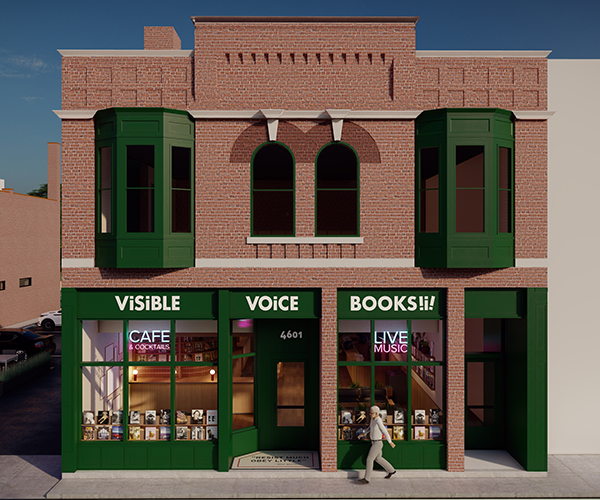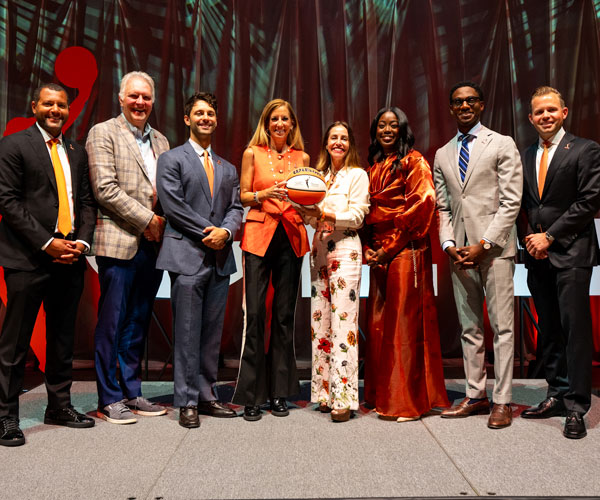There’s no way in or out of the South Pole for about nine months of the year because of the extreme cold. You can’t get an airplane in or out.
The mission was to remain there for the winter. Each person who “winters over” is there for a year. I thought that sounded very interesting and exciting to be the only medical person.
There was nothing to do there, so people had to make their own fun. We had to be resourceful and creative. I found it exceedingly stimulating to go back to that simplistic lifestyle - it’s almost like living in a monastery, because you have so much time to reflect that you come to understand yourself.
It was very similar to being down on the farm in Northeast Ohio, lying on the grass, looking at the stars and wondering about the world and life and the beginnings of the universe. We would do the same thing there, only we were on ice two miles thick and looking at different stars.
The last plane left Feb. 15. They told us “goodbye, good luck, you’re left here now for the winter.” A few weeks later, in the beginning of March, I found the lump in my right breast. I knew I had perhaps eight more months or longer before I could be rescued or have any treatment.
I didn’t tell anyone at first, because I could not be rescued. Why upset people? There was no solution.
I worked in our little hospital, putting things together so people would be able to find what they needed and training people to be my assistants. But really I was training them to be doctors if something happened to me.
After three months, I became sicker, with swollen and painful lymph nodes in my arm. I thought I might not survive; I was too sick to get out of there.
I told the head of the station, not because I expected to be rescued. I knew we couldn’t be. I hoped to have some people taken off their work, so that I could train them to be doctors in hopes that they could take care of the other people at the station. I had a responsibly and a duty.
The head of the station contacted the National Science Foundation, which runs the Antarctica Program. They started making plans to try to save me. The plan was for the Air Force to fly over in the middle of the night in total darkness and drop by parachute the chemotherapy that I would need. And that’s what they did - at 86 degrees below zero, in the dark. It was an extremely dangerous and difficult mission.
First I had to give myself a shot that would stop my ovaries from producing estrogen, so I went into menopause. If it was an estrogen-producing tumor, the shot would help.
I trained a welder to help me do the biopsy. We didn’t use anesthetic except ice and lidocaine on the skin. I was the person who had the problem and was doing the surgery, so I had to feel into my breast to know where it was. If I was numb, it would have been hard to find. I would work on it for a while, then him, then me, then him, until we got enough tissue to make slides.
My friend, a computer tech, made the slides. He had worked for months putting the equipment together from what we had so the cell samples would be good enough to send to the doctors back home.
They told me that I had breast cancer and that I had to give myself chemo. I trained a mechanic and maintenance man to give me the chemotherapy. It was difficult, because we had no pump. It’s important not to give the chemo too fast or too slow — it can kill you. We had to use a watch to count every drop. Of course, they couldn’t start an IV into my central veins; we didn’t have that equipment and they couldn’t do that surgery. They had to start an IV in my hand each time.
All those veins collapsed eventually. I lost all my hair, got very dizzy and quite sick from it.
Months later, the chemo quit working, so we had to try a different kind, which they had sent. It made me very sick; they were concerned I would die.
They decided to make a very dangerous rescue to get me out and get another doctor in. In October, the New York National Guard 119th went in to get me, with all volunteers, on a very dangerous rescue mission. It wasn’t known if an airplane would be able to take off again after it had landed at the South Pole in October.
The people who I was with at the Pole were so wonderful, and they did everything that I needed to have done. When I couldn’t do it, they were there to do it for me. I felt like I was in a family, I felt very protected and felt great friendship. It was still a wonderful experience, during all this time. It was one of the greatest experiences in my life. I was extremely happy. But I still felt I was going to die. I looked at it as: The last year of my life was going to be the best year of my life.
But then I felt a great hope when I looked up and saw the circle with the star in the center on the bottom of the wings of the Air Force plane. I thought, maybe I am going to live.
They landed in total white-out and took great chances, and I felt bad about that in some ways.
But I had been a person who had rescued many people in my life, so I understood that allowing someone to save you and rescue you is often the greatest gift you can give them. You make their life worthwhile. I understood that, being a rescuer myself.
It gives people a story to tell. Life is full of stories. That’s all life is.
Nielsen and her rescuers made it safely back to the United States, where she was treated at the University of Indiana Hospital. She currently lives in Massachusetts and is an inspirational speaker and an ER doctor.
— as told to Tori Woods
Treating Your Own Breast Cancer
In 1999, Dr. Jerri Nielsen, who grew up in Salem, Ohio, and worked as a staff ER physician at University Hospitals, was the only doctor among 41 men and women on a scientific expedition researching astrophysics, climatology and weather at the South Pol
in the cle
12:00 AM EST
December 1, 2006



